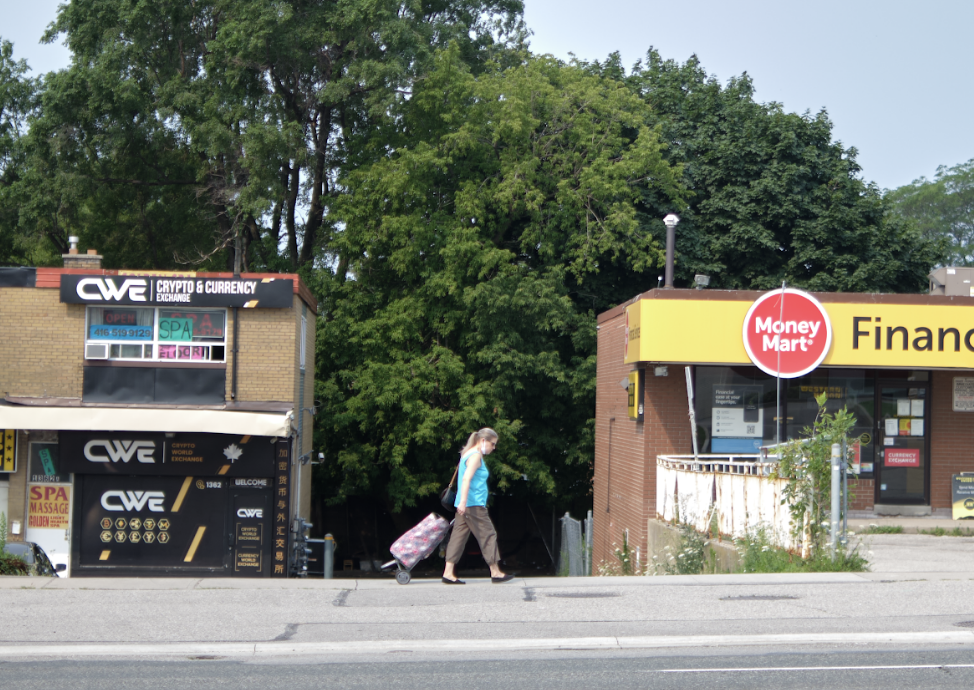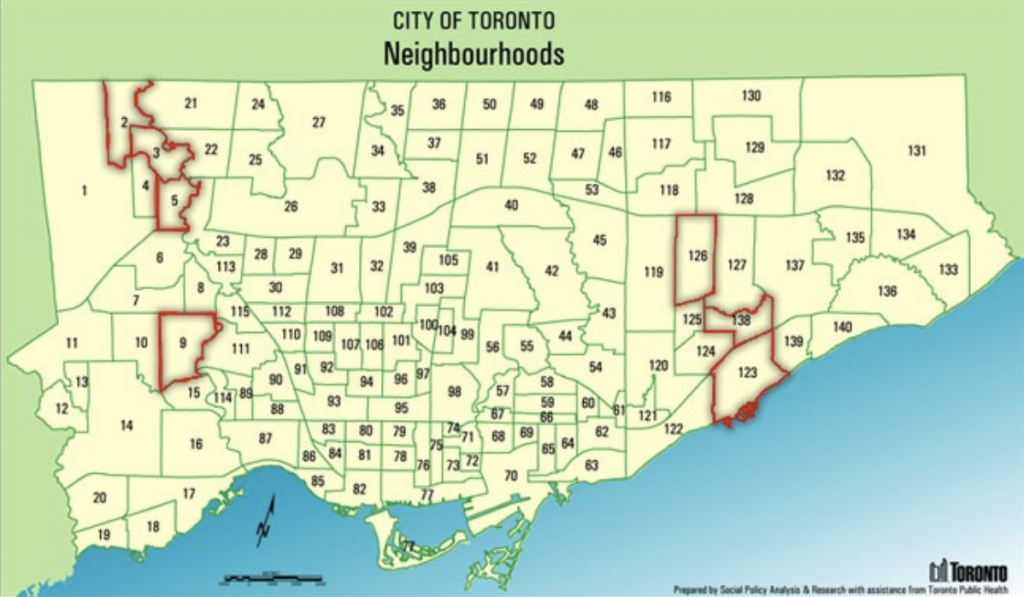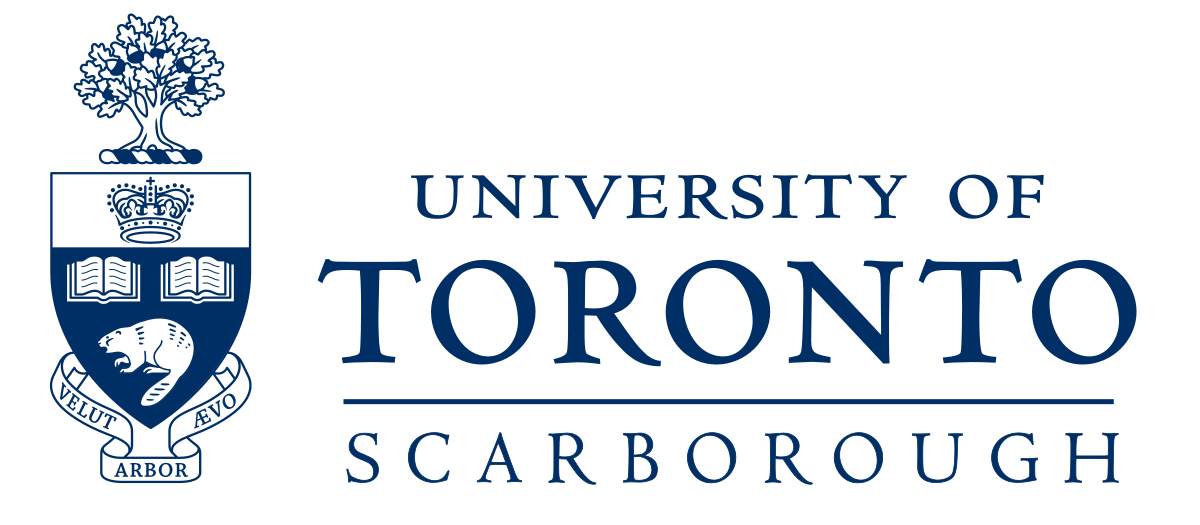Key Points:
- Community Voices is a community engaged, mixed methods study of seven inner-suburban Toronto neighbourhoods, involving academics and community members.
- Study areas were chosen that a) have lower socio-economic status (SES), b) contain within themselves a mix of typical inner suburban social groups and urban environments, c) are geographically nearby one another.
- Two higher SES neighbourhoods provided comparison cases.
- A door-to-door random sample survey polled nearly 700 households and generated highly representative results. The survey probed residents’ neighbourhood priorities and perceptions, policy preferences and perceptions of institutions, and demographic characteristics.
- Nearly 25 interviews provided in-depth insight.
- Analysis of joint results revealed three highly consensual priority areas and two additional priorities.
Communities bordered in red were surveyed; blue indicates high socio-economic status control neighbourhoods.
Click on maps to enlarge
Our study adopted a community engaged, mixed methods approach based on a sample of residents from seven neighbourhoods (see map) that participated in a survey. A sub-sample of respondents gave more in-depth insight through qualitative interviews. Community Voices sought to capture the perspectives of residents in a way that represents the full range of their views, while also bringing into focus traditionally underrepresented voices in neighbourhood policy-making, such as racialised and low-income persons, youth, and recent immigrants. Members of local and academic communities served in an advisory capacity at several stages of the study and assisted with our goal of designing scientifically sound and culturally appropriate/sensitive research instruments. Survey questions were also refined based on feedback gained from two focus groups, one for East-end residents held in Scarborough and the other for West-end residents held in Weston-Mount Dennis. We focused on conducting the survey in a set of neighbourhoods that allowed us to provide in-depth understanding with statistically representative samples, while strategically selecting areas across the inner-suburbs that reveal both common concerns and local distinctiveness.
Our study took place in the following communities:
East End of Toronto:
- Dorset Park
- Eglinton East
- Cliffcrest (Control)
West End of Toronto:
- Jamestown-Mount Olive
- Elms-Old Rexdale
- Thistletown
- Edenbridge (Control)

We chose these neighbourhoods by using the City of Toronto’s 140 official neighbourhoods as the basis. We then applied statistical techniques to identify areas within the inner suburbs that are a) lower socio-economic status, b) contain within themselves a mix of the most common inner suburban social groups and urban environments, and c) are located in the same geographic area. We also included two higher SES neighbourhoods as “controls” or comparison cases, to allow us to examine what is shared and what is different across these contexts. The final selection was made in consultation with our community advisory group, who also contributed to the survey and interview design.






